The Cinema Audio Society will bestow its Career Achievement Award on Peter Devlin at the 59th CAS Awards this coming weekend. A five-time Oscar nominee for his work as a Production Sound Mixer on Pearl Harbor, Transformers, Star Trek, Transformers: Dark of the Moon, and, most recently, Black Panther, Devlin has been working consistently for more than three decades across film and television.
In announcing Devlin’s honor, CAS President Karol Urban praised Devlin as “not only an extremely accomplished and sought-after production mixer of superlative skill and accolades but… also an active citizen of this community. Peter’s continuous commitment and generosity of time to the betterment of our industry and the strengthening of our community make this honor even more special. He is an exemplary member of our sound mixing family.”
A couple of months ago, Below the Line spoke to Devlin, who cited Any Given Sunday as his breakthrough job and reflected on technological advances in his industry by expressing his adoration for two films that are nearly 100 years old. He also dug into the difficulties of isolating and capturing sound on set and his number one goal to save performance.
Devlin shows no signs of slowing down after working on last year’s technically ambitious and challenging action movie Bullet Train. He recently worked on Black Panther: Wakanda Forever (his sixth MCU entry), and his upcoming projects include Poolman from first-time director Chris Pine, with whom he previously worked on multiple Star Trek movies as well as TNT’s limited series I Am the Night.
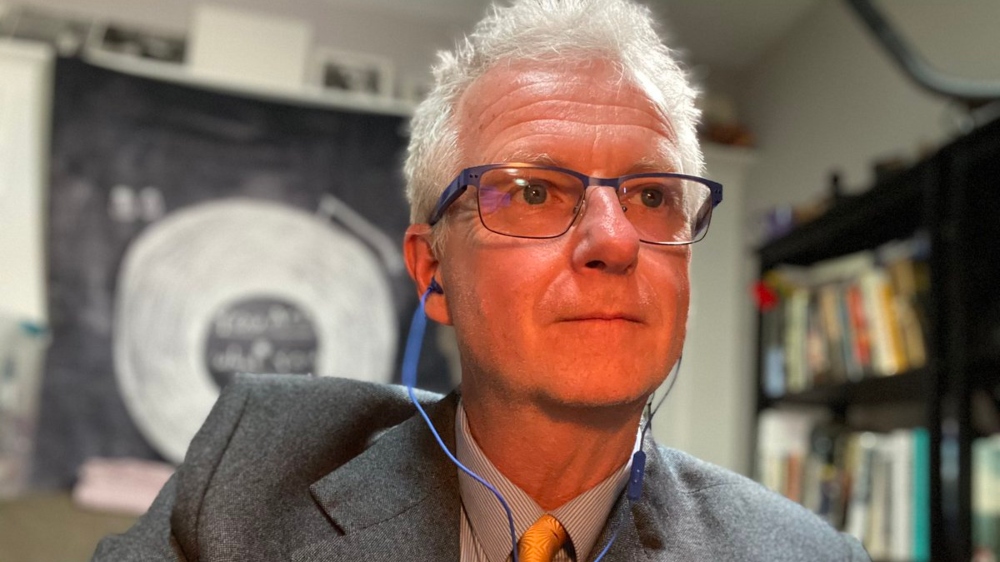
Below the Line: First of all, congratulations on this well-deserved award for career achievement. That must be very exciting.
Peter Devlin: Very much so, and I’m delighted to have this bestowed on me from this peer group. It’s phenomenal. Oliver Stone‘s Any Given Sunday was my first nomination [from] the Cinema Audio Society, and I can remember making my way into the ballroom over at, I think it was Universal, [but it] might have been the Hyatt or the Hilton, and just looking around the room of Production Mixers and Re-Recording Mixers 20+ years ago, with that first nomination, was amazing. To have been a part of the organization and to have served on the board as well for a period of time, and to now have this award is amazing.
BTL: How important has the organization been for you professionally?
Devlin: I think because of the growth of the internet, the Cinema Audio Society has been able to reach out across the world and we have expanded our membership. The presidents that I’ve seen be a part of the organization — David Fluhr, Mark Ulano, and Karol Urban — have been at the front of bringing the organization to a bigger audience. As I said, we’ve got members all across the world, and it’s not just the awards show come March time, but in terms of the student awards and the community of sound mixers and re-recording mixers, it’s become a smaller world for us because we have the ability to talk with each other through our different groups, whether it be on Facebook or social media.
Just recently, I was able to attend a Ford v Ferrari screening, and Paul Massey and David Giammarco were there, and just to be in an audience watching that film on the big screen, I had missed that experience [of being] there with CAS members. As an organization, it has grown. Robert Hoyt was one of the founders of the organization back in the ’60s, and here we are in [2023] and the organization has just continued to grow. To have been a part of it and have served on the board [has] been terrific.
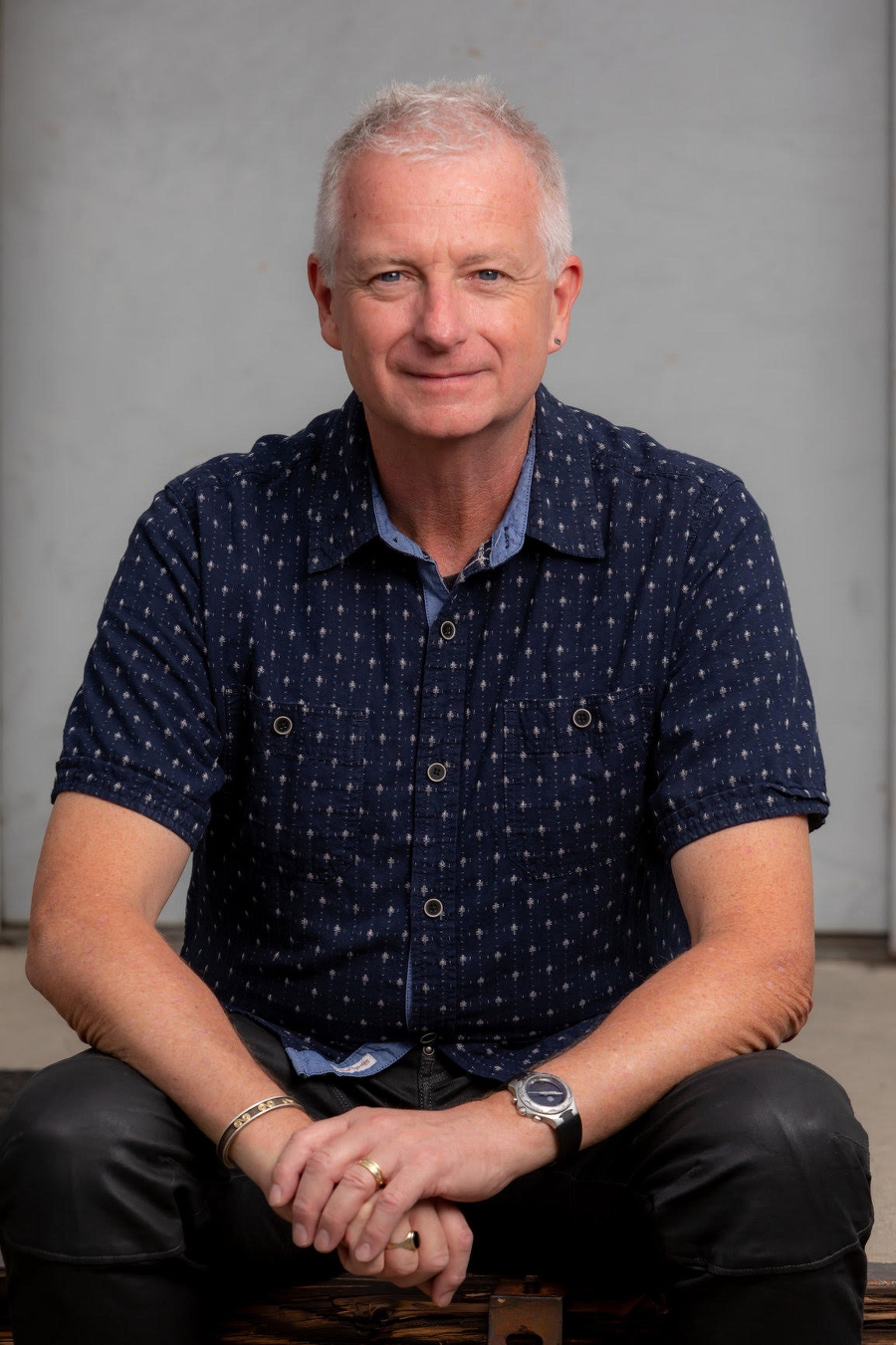
BTL: Before we discuss some of your specific projects, how do you think that technology has evolved as it relates to sound mixing over the past 30+ years, and has that been a positive evolution?
Devlin: I will be honest here. Just recently, I was watching an old Bette Davis movie, and I was amazed at how great the production sound was. I’ll also quote another film from the 1930s called Dodsworth with Mary Astor. They had a scene that was shot indoors. I know it was shot at Sony, which would have been MGM Studios, I believe. One of the plagues of production mixers is the effects that we encounter when we’re recreating a scene. This was a scene that was on a boat — it was the Queen Mary, and there was wind, and it was flapping the hair of Mary Astor, and her clothes were flapping around, and the production sound was pristine. Now, in [2023], we are in search of trying to get pristine sound with all those elements, and I would love to talk to the production mixer from 1936 to say, “Okay, let me know how you did that.” So, even though it’s all these years later, there are still some tricks out there that I don’t think we’re totally aware of.
But just what I have seen in the time that I’ve been a sound mixer — I started in 1981, and one of my first jobs as a sound recordist was working in news, and it was with the Irish correspondent Nicholas Witt, who became the correspondent for royalty. He would do the coverage for the BBC on any events with the Queen and Prince Charles. I was covering… I think it was Princess Anne doing a visit to Hillsborough just outside Belfast. There’s been amazing coverage that the BBC has done recently after the death of Elizabeth. But I was with the cameraman, and we were just waiting for lunch, and in those days, it was one microphone. You were attached through an umbilical to the camera. The sound was recorded on the camera, [which] was called a CP-16 camera, and I had a little remote amplifier. I remember Nick Witt said, ‘Princess Anne is coming out, we’ve got to get out and get our shots,’ and I could not connect the camera in time with the umbilical, and it was shot without sound. And I got such a bollocking for that. So it was one microphone, one recorder on the camera, and now, here we are [in 2023, and] I’ve got all these different tools.
I use a 24-track recorder — radio microphones that are almost as good, and [often] are as good, as a hard-wired microphone. The technology is terrific, but there are still some tricks from the past that I would love to have a window into how they did that. I can still watch those old musicals and think, “okay, is that being looped or is that production? How have they done the music there?” Even [recently] with that, we had West Side Story and the brilliant work of Tod Maitland, the production mixer, and the re-recording team — Andy Nelson and company.
Getting back to a specific show where I was very thankful for the tracks that I had, I think Any Given Sunday was one of the most challenging shows because it was my first time working with Oliver Stone. Tod Maitland had worked with him on Born on the Fourth of July, JFK, and The Doors. I was in Miami and Clayton Townsend, who was Oliver’s producer, hired me on the show, and I knew that Wylie Stateman, who was the Supervising Sound Editor on all of Oliver’s shows, would be the supervisor, so I contacted him and said, ‘Wylie, I’d love to record this on four tracks. Moving up from two tracks, now I’ve got four tracks.’ He said, ‘absolutely, whatever you need, you’ve got my support.’
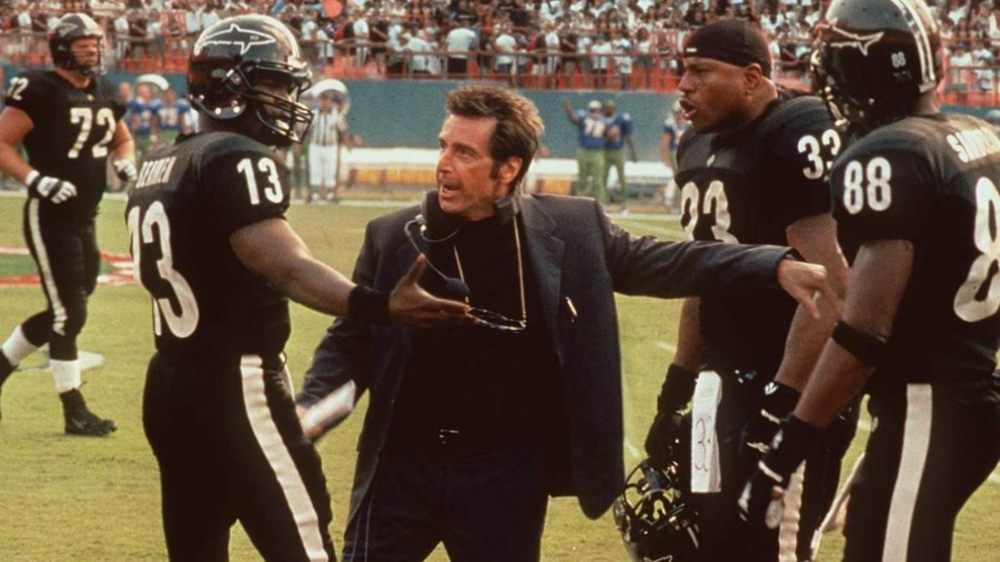
A lot of times, post-production people, I don’t get to know who’s going to be on a show, but because it was an Oliver Stone film, I was able to sit down with Wylie and just talk about what my approach would be. I wasn’t prepared for just how challenging it would be, because when we shot the Orange Bowl in Miami, my team down there was Kevin Cerchiai on boom and Mike Schmidt. We were a small department, and the most amount of cameras that I’ve ever seen do coverage on a project, it was sometimes 12 or 13 cameras, and we would have dialogue on the field. We would have dialogue simultaneously on the sidelines, and then we had Aaron Eckhart, who had a camera on him up top. He was giving directions to the character Willie Beamen (Jamie Foxx) in an earpiece. So we had all these different elements. The perspiration was just dripping down my face. I don’t know if it was the heat or just stress, but it was just an amazing, challenging film.
With the four tracks, I just thought, “well, this is terrific,” but then I went up to a second sound mixer [who also] had four tracks. So I was able to combine what he was doing and then I had a DA-88, which is an 8-track recorder. 20 years ago, today, I can do that all on one machine with the Diva 24. As part of CAS, I’ve been doing a series of podcasts, interviewing retired production mixers. I started off with David MacMillan, and Bill Kaplan, who is a past recipient of the CAS Award. Bill has worked with Robert Zemeckis and David won three Academy Awards for The Right Stuff, Apollo 13, and Speed. And I said to them, ‘what equipment would you use today back then that would have made your job easier?’ And they were like, ‘well, we don’t know, because you just deal with what you’ve got, you just make it work.’ I’m sure [that] 20 years from now, the technology will be… I’m not even sure where we’re going with the technology. What they’re able to do in post-production, what would have been sleepless nights for me in terms of recording production sound in very difficult environments, great Sound Editors and Dialogue Editors can clean those tracks up and save the performance.
It’s all about saving performance. That is the most important thing. When I walk onto set, you’re trying to get the measure of the actors, the director, how they’re going to shoot it, and how we’re able to basically protect their original performance all the way through post-production to the finished film. In today’s world, six months after the show, those actors have gone to different parts of the world, and it’’ difficult for them to recreate that performance. I’ve always joked that when you go in for an interview, the director will tell you, “sound is so critical, [it’s so important,” and when you’re shooting, it’s not so important anymore because it’s all about the cameras and making your day, and then in post-production, suddenly, sound becomes very important again.
I’ve been fortunate to work with some great directors like Ron Howard, Patty Jenkins, Michael Bay, [and] Oliver Stone. I mean, all very different in their styles. Michael Bay, in particular, is known for his action, but he has a great critical ear for dialogue. He will often say, ‘don’t worry about it,’ but I still worry about it. He’s a director that doesn’t like to loop, so we know that we must get that performance. When you state your case and say, “look, can we not shoot that wide camera? Can we just go with one camera on this?” because it used to be the days of single-camera [but that’s] not how we work anymore. It’s multiple cameras, and you’re servicing all those cameras and trying to make your day and save that performance. [But] Michael has [always] been very conscious of sound. My first film with him was Bad Boys back in 1994.
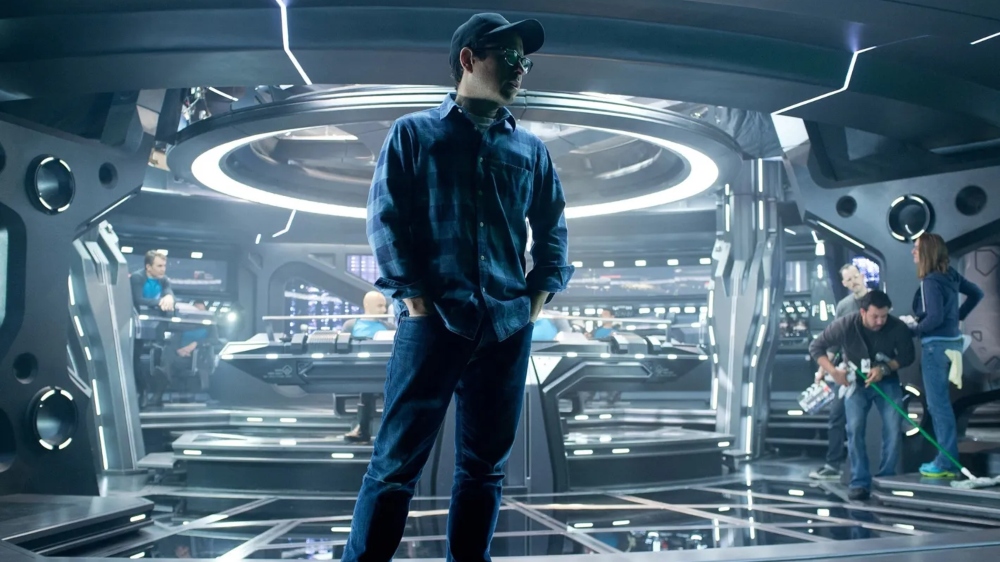
BTL: I know that you’ve worked on multiple Marvel movies and Star Trek films, so I’m curious how important it is for those franchise titles to have a similar sound, even though I’m sure you’re working with different directors who likely have different visions and goals.
Devlin: I’ll tell you a funny story about Star Trek. I’m thinking of Kenneth Branagh‘s Belfast — there’s a scene where the little boy is watching Star Trek. We see it just for a few moments on the television in black and white. Back in the ’60s, I was a big Star Trek fan, as was our family. But in the early ’70s, my dad brought home a reel-to-reel, and I’m not sure where he got it from, but I recorded one of the episodes of Star Trek. I just remember playing it back [and] listening to the sound effects. And I just love that opening voiceover from William Shatner: “These are the voyages of the Starship Enterprise.” To then be sitting on the Enterprise for the reboot with J.J. Abrams was phenomenal. I was pinching myself.
Back on Star Trek in 1966, they would have been shooting one camera, everything would have been done in the boom, and with J.J.’s style of filmmaking and Dan Mindel, his cinematographer, it was two cameras, [sometimes] three cameras. So it was all about protecting the performance [and] keeping the actors from doing the dialogue afterward. But the one thing that kind of surprised me was that the deck of the Enterprise, though it looked like the future, the future was sadly very creaky, so there were certain spots on the Enterprise where an actor would walk and there would be a [loud] creak. I was praying, at times, in terms of blocking the scenes, that we wouldn’t have actors in certain positions, and also just the noise of lighting fans.
In terms of consistency, in the Star Trek universe, Ben Burtt was our Sound Designer, and Mark Stoeckinger our Sound Editor. They’re referencing the original series. My job is really just about [the] preservation of performance. In Into Darkness, Benedict Cumberbatch was all about dynamic performance, from the whisper to the yell, and being able to manage that dynamic range was a challenge for myself and the sound team. So much of our job is working with every other department. On Star Trek, Michael Kaplan was the Costume Designer, and [we had to] figure out how to get those microphones into those wardrobes, because once you put a microphone on a wardrobe, it can be noisy.
With Black Panther, Ruth Carter was phenomenal. I spoke with Ruth on Black Panther: Wakanda Forever weeks in advance to get an idea of how to incorporate the microphones into the costumes because they are so beautiful but there are a lot of moving pieces, and to make sure that we got a clean track. I think all production mixers are familiar with, as are re-recording mixers and dialogue editors, when you’ve got clothing noise, it can [take] out the best performance. You can have the most wonderful performances, but above all, you can hear the squish of the wardrobe. With Black Panther, we were shooting in Atlanta, so you’re dealing with the challenging locations there, but the tools of post-production have become so sophisticated that [just] 10 years ago, I [probably] would have been very anxious about saving performance. Today, they will go in there and make it work. Having said that, there’s still [the] pressure of getting it right.
I come from a time when we recorded onto single track and mono niagara. When I worked at the BBC, “Will you loop it?” was never part of the vocabulary. I had never heard that expression until I came to the U.S. where they said, “oh yeah, we can do it later,” or “we will do it later,” or “expletive, we’re doing it later!” Learning that now [given] the way I had been brought up in the BBC, [where] sound… you got it at the time, you didn’t ADR it… to come over here and suddenly say, “yeah, this is a bad location, we’re probably going to have to loop it” was like, “oh, I don’t get this. Surely there must be another way around this. Can we get a different location?”
BTL: What was it like working on Bullet Train, where a location like the Quiet Car has to compete with the constant rumble of the train, and the overall sonic experience is critical to the success of the film?
Devlin: Once again, [it was] great. I was able to contact the post supervisor. Mark Stoeckinger had worked with David Leitch, and Mark was kind enough to recommend me. It was shot at the height of the pandemic, and what was interesting was, because it was the height of the pandemic, the first AD had said to me, ‘okay, we’re trying to come up with a system where basically the actors are just on set and we will put them on the earpieces and talk to them remotely.’ There’s a system called Unity that will allow us on our phones to talk through a system on the earpiece so that we don’t have to be in that close an environment. We looked at that. Because of the protocols that were put in place, the comfort level was there, and the director, David, said, ‘you know what? I really want to be on set.’ [Because] it’s very difficult to direct remotely like that.
With Bullet Train, what was really interesting was the development of the characters [played by] Brian Tyree Henry and Aaron Taylor-Johnson, Lemon and Tangerine, [because] so much of their stuff was ad-libbed. And I’ve never experienced a film where I’d almost blown a take by laughing so loud, because their improvisational skills were so good, and they were so funny together, and they would change the script. David has mentioned this, in terms of just how those characters, and all of them, including Brad, shaped the humor of the film. What’s written on the pages becomes different once those actors get a part of it.
On a technical level, because we were shooting on a train at Sony, my Boom Operator, David Raymond, had to have eye protection [and] a mask, [because] he’s on the train with a very narrow area to manipulate the fishing pole, the boom pole, [with the] microphone, walking backward. David said to me that it was probably one of the toughest shoots that he did, just because of the confines of the train, and also dealing with the improvisational nature of the actors. But David Leitch, our director, has got such a vision [and he was] so specific about how the film was going to look, and Mark Stoeckinger, our post supervisor, about how it was going to sound. My responsibility [was] just to capture these amazing performances, and let those guys do the work, because there [were] times where scenes that we shot changed the order [of] the finished film. The characters of Lemon and Tangerine just became such fan favorites themselves.
On a technical level, getting back to that, the train was basically like a kit train. They would pull the sides off. Because of the amazing VFX that they had and the screens that were used for giving the simulation of flying through [Japan], from Tokyo to Kyoto, these lights were incredibly noisy, so I was always fighting the backyard level. The job of a sound mixer is not only to capture performances, but it’s also to be able to get enough level and to get it above that background noise. Our ears subconsciously take that out, but once you’ve got a microphone on what you think is a quiet area, then you become aware of all that awful background noise. [For example], whenever Brad would be walking down the train, behind the camera, somebody’s guiding him, [and] there’s a boom man. There are about eight pairs of steps going, so you’re trying to minimize that. Mark, in post, is saying, ‘okay, now we’ve got to put footsteps in. What do footsteps sound like on a bullet train?’
Jon Taylor, who was our Re-Recording Mixer, he’s trying to minimize all the backgrounds to create silence, because the bullet train is known to be quiet. So, you’ve got all these different elements working against my trying to get the perfect track. Every sound mixer I know, they’re always trying to find that perfect track. It’s elusive, it’s impossible to find. I don’t know any sound mixer that goes home after a day and goes, “that was amazing. We got the best sound.” They’re always thinking about, “oh boy, I remember that one particular scene…” whether it be the creak of Chris Pine’s foot on the deck of the Enterprise, or [with] Brad, [he] had his hat, his jacket, and his t-shirt, [so] one wardrobe [for] the whole show. We, with his wardrobe person, sowed mikes into different parts of his wardrobe. With other movies, you have to actually attach the mikes to the actors. With that one, we had to figure out how to [find] the practical and best-sounding places. I’d worked with Michael Shannon before, who was the baddie in Bullet Train. I’d worked with him on Pearl Harbor and Bad Boys II. He was very dynamic in his performance, bigger than life. It was fun to watch all these performances [in] Bullet Train.
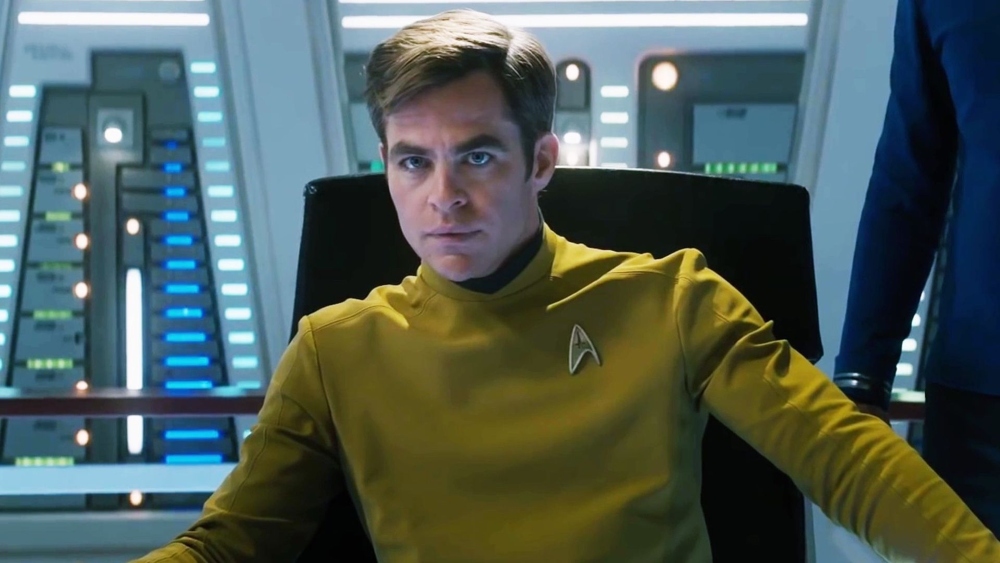
BTL: You’ve also been working on Chris Pine’s new film Poolman, correct?
Devlin: I just finished working with Chris Pine as a director, and, if ever there was [an actor] who was gifted in being able to step behind the camera, it’s Chris. He was in every single scene in Poolman in front of the camera, behind the camera, and [he] was just so great. In that film, we’ve got Annette Bening, Jennifer Jason Leigh, and Danny DeVito. Just being able to be on camera, do a scene, come behind [the] camera, give notes to the crew, and listen… [left me impressed]. It was a 23-day shoot, [so] it was fast. I look forward to seeing what Chris does in the future.
I’ve always enjoyed what happens in production. Just recently, I visited post on a film that I went to, and the only thing I [typically] see is what happens between “action” and “cut.” When I’m on set, I’m aware of the chaos and drama that can go before “action” and “cut.” Filmmaking is an amazing process, and I just feel very fortunate. As a kid growing up in Belfast, Jaws was such a huge influence. I feel very fortunate to be at this point, to still have a love of cinema and going to the theater. When I was on Black Panther: Wakanda Forever, I went with my boom operator, David Raymond, to see the new Bond movie with Daniel Craig. I literally walked out of that cinema just so excited. Even though I know how movies are made, I still get excited [by] seeing movies. For over two hours, I was engrossed, and just moved, and that’s what moving pictures can do.
My grandfather was a conductor for the silent movies in Belfast. His name was Joseph Finley, and he used to make me watch silent movies. The BBC used to run silent movies, for whatever reason, back in the ’70s, and my grandfather would be laughing hilariously at Buster Keaton, and I’d be like, “this is awful. There’s no sound!” My grandfather, once the talkies came in, he lost his job. And he had to give up working at different movie theaters in Belfast. He opened up a music store. So he would be laughing now if he saw his grandson working in the film industry in the talkies.
One door closes, and another one opens. But I’m just so delighted and excited to still be working in this industry. There are days when you’re up against it, whether it’s time or just sometimes technology can get the better of you, but I’m still delighted and excited. I’ve been very fortunate with the people [who] work with me [and who] have worked on the shows with me, [on] boom and utility, and the directors that have, at the end of that interview, said, ‘okay, I’ll hire Peter Devlin.’
The 59th Annual CAS Awards will take place on Saturday, March 4, in the Wilshire Grand Ballroom at the InterContinental Los Angeles Downtown. Click here for the full list of nominees.





